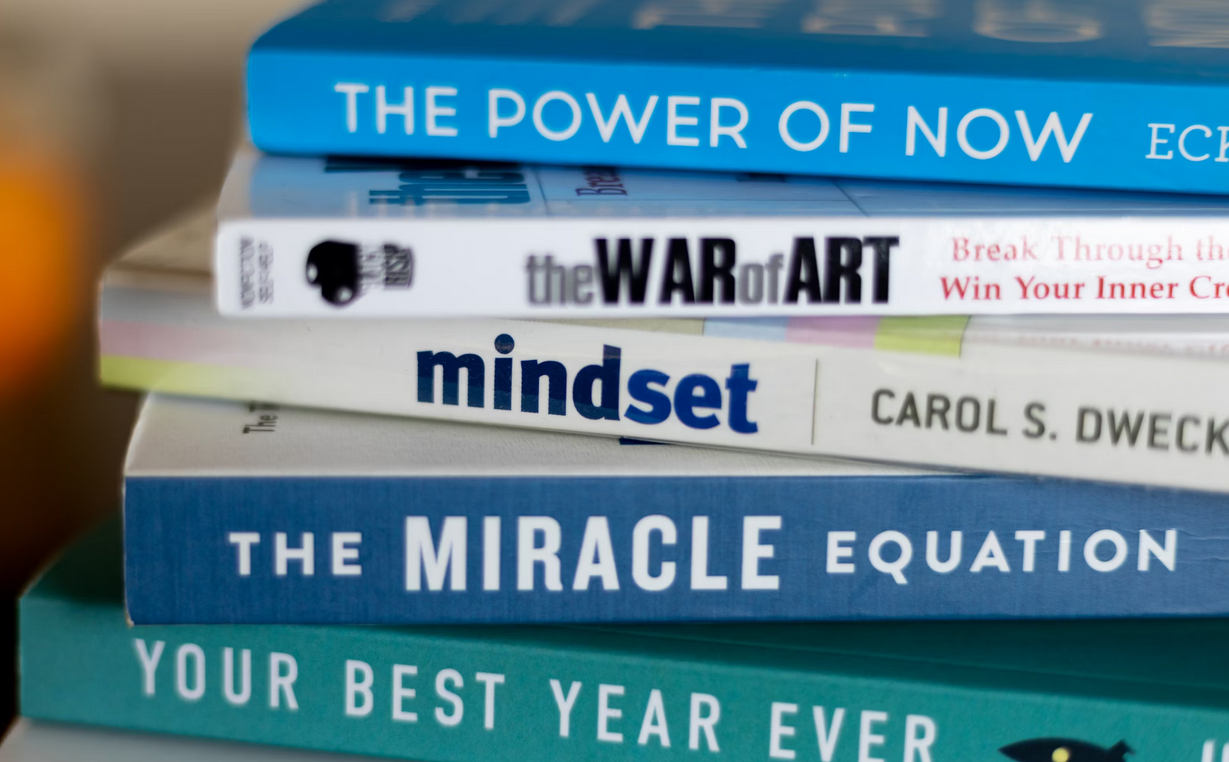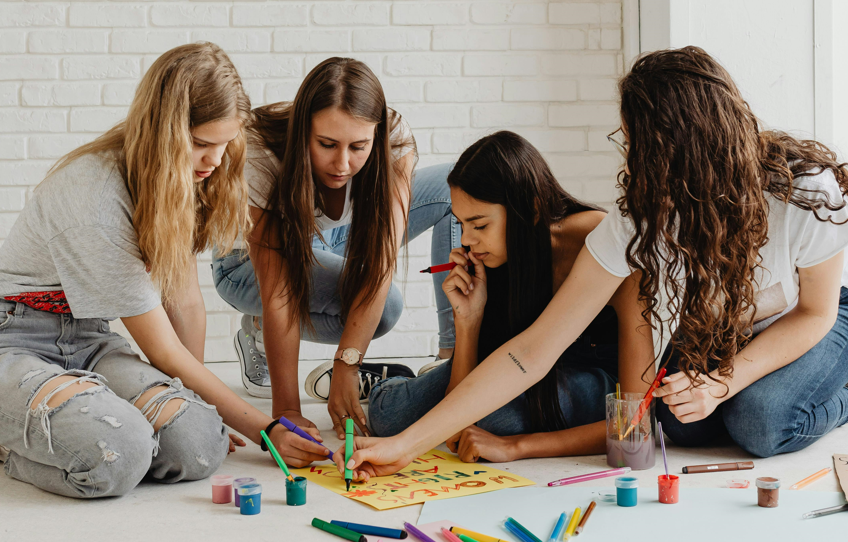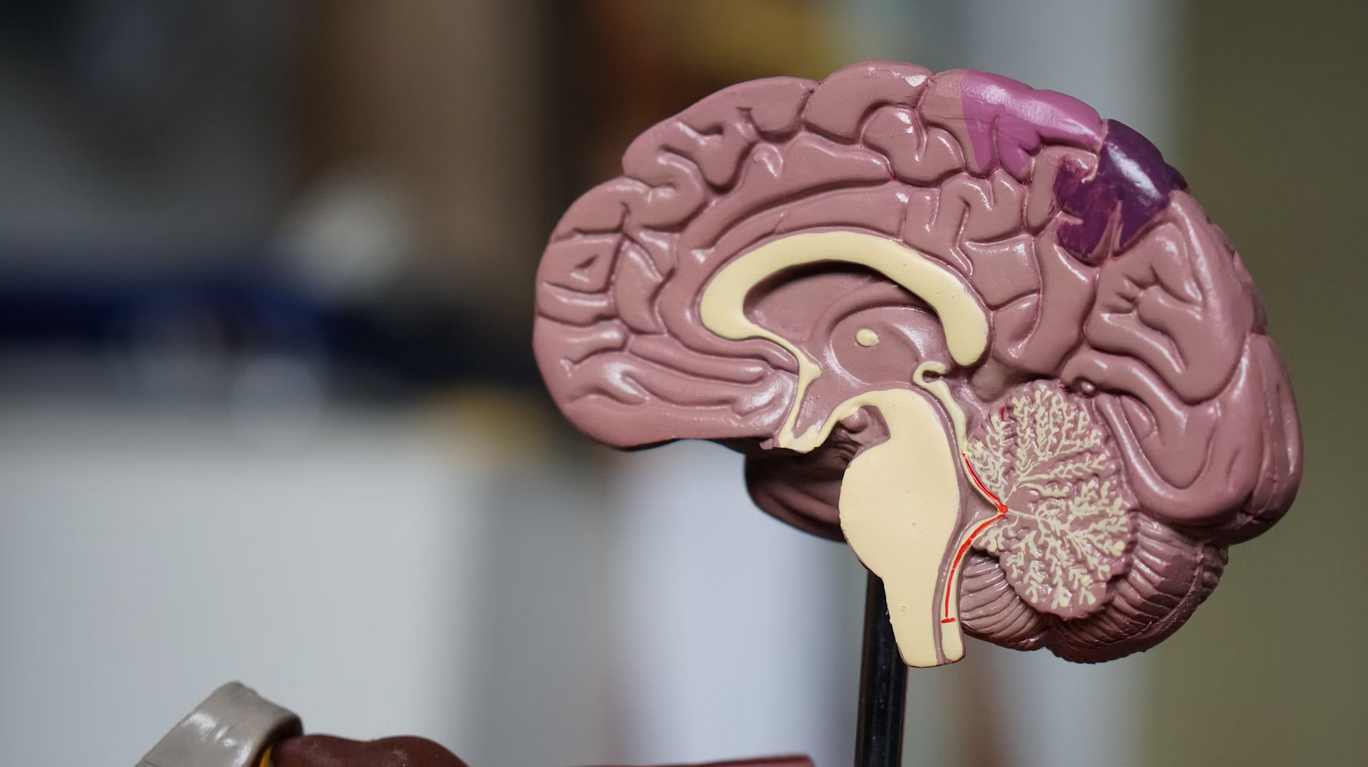
Experienced UIUC graduate student specializing in Math, Computer Science, and Writing
Availability:
Every day, 10:00am-10:00pm PST
Subjects:
Math
Computer Science
Writing
Strategies for Cultivating a Growth Mindset
Last Updated:

- Students with growth mindsets are motivated and confident enough to improve themselves through their efforts.
- Instead of rewarding innate talent, compliment students on the effort they put in to overcome challenges.
- Encourage goal-setting skills that help students monitor their own progress for motivation and validation.
Having a growth mindset is one of the best things a student can do to improve their independence, confidence, and intelligence through their educational journey. According to Carol Dweck, the researcher who coined the terms in 2006:
“In a growth mindset students understand that their talents and abilities can be developed through effort, good teaching and persistence.”
“In a fixed mindset students believe their basic abilities, their intelligence, their talents, are just fixed traits.”
In simple terms, students with growth mindsets are motivated and confident enough to improve themselves through their efforts. Students with fixed mindsets feel they’re unable to improve, and their fear leads them to avoid challenge,
As tutors who can give personalized attention to our students, we get to closely observe students and help them cultivate a productive growth mindset instead of a stagnant fixed mindset.
Here are some strategies anyone can use to help themselves or others find a growth mindset
Value Effort Over Talent
You may have heard of the “gifted kid burnout.” Many students who can effortlessly learn and get good grades on tests early in their journey end up struggling later on when the material is challenging enough to require everyone to put in effort
These students were usually praised as “smart” or “talented” so often that they actually internalized a fixed mindset. They believed they were innately gifted, so they don’t have to put in effort to succeed. They even view effort as a bad thing (being a “tryhard”). Life doesn’t usually agree with that perspective, so when these students are finally challenged, they experience an identity crisis since being “gifted” was a fixed part of their identity in their minds.
Many of these students actually berate themselves over the fact that they had to spend time studying, while other students are proud of themselves for putting in the work.
I’ve known a lot of people who were gifted, but they placed so much value on the elitism of believing they were innately talented that they became constantly insecure and stressed. The sum of all these different beliefs is burnout.
Instead of praising these kids for being innately talented, they should be praised for the effort they apply to bring out their talents. This leads me to my next point-
Encourage Challenges
In order for students to value effort, they need to be put in situations where they have to make efforts to succeed. Many students get bored and burnt out because they’re being asked to do work that doesn’t challenge them in a stimulating way. Students see low expectations as a lack of interest in their development, which can demotivate them into thinking growth is pointless since there’s no reward for doing it.
That being said, students still need plenty of support in tackling challenges. Part of a healthy growth mindset is accepting that you might need someone else’s help to grow and change sometimes. It’s important to find the right amount of struggling to encourage growth without losing engagement, whether it’s because of too little or too much struggling.
Celebrate Mistakes
Students should still experience validation when they tackle a challenge. No one is perfect, and mistakes will happen. In a growth mindset, failure is an opportunity to learn something new or try a different approach, and succeeding after failure teaches persistence. Mistakes are an inevitable part of the learning process, not a reflection of your potential.
One of the problems with “gifted kid burnout” is that these students are not used to failure. In a fixed mindset, failure is feared because it becomes a fixed part of their identity. Instead of seeing failure as something to improve upon, they see failure as part of who they are. For the “gifted kids,” failure then becomes shattering, leading to a lot of bright students afraid to challenge themselves and grow in case they lose their identity and value.
Teach by Example: Monkey See, Monkey Do
It’s not enough to just tell students a bunch of platitudes about trying your best. Students need to see role models in their lives adopt and apply a growth mindset too, so they can see a live example to learn from.
When I tutor, I make sure to spend time discussing my own experiences and mistakes so students are assured struggling is part of the learning process. I emphasize how my struggles taught me to be determined and confident in the face of new problems that test me. After all, helping students overcome barriers can be a challenge for educators too, so our growth is tied to the growth of our students.
Real enthusiasm for growth is contagious, especially for those who feel lost or demotivated.
Use Growth-Oriented Language
Changing patterns in your word choice to change your mindset is a common strategy in a lot of psychological and therapeutic theories.
Instead of saying “this is too difficult for me,” reframe the situation as “this is too challenging for me right now”
Instead of “I’m not capable of this”, try “I’m not capable of this yet”
It can be hard to catch yourself thinking this way and remind yourself to reframe the situation, but it gets easier over time the more you do it. You can also leave reminders to yourself, like on sticky notes hanging at your desk when you feel frustration.
This works especially well when paired with the next tip
Journaling
Full disclosure, I think everyone should journal. Our thoughts can be messy and chaotic, sometimes even contradictory. Journaling allows us to sort our thoughts into a linear process that we can review to clarify how we feel. Articulating how you feel is a difficult skill to master, but it can really heighten your self-awareness and be more mindful about your mindset.
Among the many benefits of journaling are:
Recognizing patterns in your successes and mistakes
Recording how you overcame challenges to encourage yourself later
Identifying recurring negative thoughts
This is also where you have opportunities to catch yourself using fixed mindset language and remind yourself to frame your mindset as growth-oriented
Goal-setting
The cycle of growth involves identifying priorities, setting goals, tracking progress, and self-reflection to learn from struggles.
Setting good goals is harder than it seems. It requires a lot of trial-and-error, and to be entirely honest, a lot of students find self-reflection boring at first. They just want to move on to the next task without thinking about how they could improve their general strategy by evaluating themselves and their approach.
At UC Irvine, we were told about the SMART goals approach
S: Specific What will be accomplished? What actions will you take?
M: Measurable What data will measure the goal?
A: Achievable Is the goal doable? Do you have the necessary skills and resources?
R: Relevant How does the goal align with broader goals? Why is the result important?
T: Time-bound What is the time frame for accomplishing the goal?
By writing out these goals consistently, you not only have a great general planning strategy for yourself, but you also have a clear way to evaluate the success of your efforts and make improvements.
Collaborative Environments
As Lev Vygotsky argues, learning is a social and collaborative process. When students work with others, they can see their peers struggle and improve, which challenges them to do the same. In a healthy, accepting environment without judgment, this means students can learn to embrace their mistakes and struggles since they believe other students are supportive of their growth.
Students can listen to adults lecture them all day long, but where they actually feel most comfortable interacting is with their peers. They’re confronting the same challenges as they work together. Peer-to-peer learning is incredibly effective in balanced environments curated with a good mentor.
I’ve done several group tutoring sessions, so I’ve personally seen many instances of students not only tackling challenges together, but also challenging each other for fun. I cultivate an environment where our mistakes — yes, mine too — are celebrated instead of judged. Some of my students rushed to answer each other’s questions before I had a chance to say anything because they enjoyed helping each other grow and took real pride in it.
Be Clear and Honest with Students
Students hate being treated like they’re too young to understand something, so don’t try to trick them! Explain to them openly that you’re trying to cultivate a growth mindset with the strategies you have. Talk about how the brain is malleable and how mindsets can influence the outcomes of every part of your life.
I want to note that many students may have deeper issues than a fixed mindset. They may struggle with self-esteem or anxiety in a way that requires more intervention than being told to have a growth mindset. In these cases, it can be actively damaging to be told to just change your mindset, and students may end up blaming themselves for not being able to change so easily. Be patient and be careful when exploring growth mindsets, and be sure you don’t invalidate how a student feels. Remember that encouraging a growth mindset is meant to be a positive experience that motivates a student, and if they feel more demotivated, it might require changing your approach.
As tutors, we deal with student motivations very directly and personally. Our personal mentorship allows us to address their mindset and encourage them to embrace growth. Finding motivation and support can be hard, so please reach out to us if you need it!





